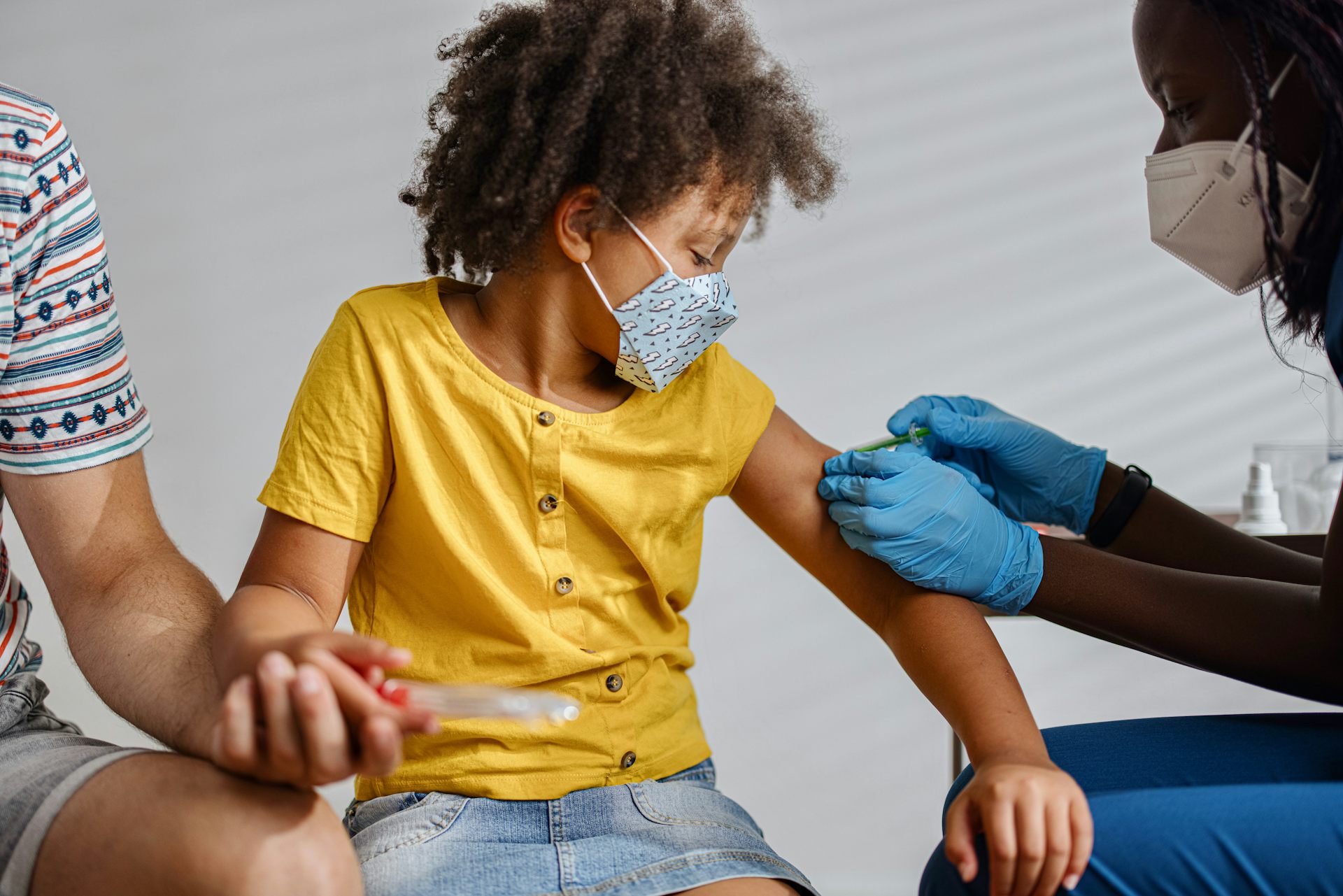Mass shootings in America: 4 essential reads
Four articles from The Conversation archive offer insight on mass shootings in America.
Editor’s note: The following is a roundup of stories from The Conversation’s archive.
Once again, Americans are asking themselves the same familiar, heartsick questions:
How can gun violence be prevented? What policy or program could help save innocent lives? What is an approach that would be tolerable to people on both sides of the political spectrum?
#1. No ready answers
“Unfortunately, the research we need to answer these questions doesn’t exist – and part of the problem is that the federal government largely doesn’t support it,” explains Lacey Wallace, a criminal justice researcher at Penn State University.
Why not? In 1996, Congress passed the Dickey Amendment, which mandated that “none of the funds made available for injury prevention and control at the Centers for Disease Control and Prevention may be used to advocate or promote gun control.” From 1996 to 2013, CDC funding for gun research dropped by 96 percent.
It’s an urgent problem, Wallace writes. In 2015, for example, roughly 85,000 people were injured by firearms, including nearly 10,000 children.
#2. A public health emergency
Boston University’s Sandro Galea and Ziming Xuan focused on those children in a 2016 interview with The Conversation.
One in four American children reports having easy access to a gun in the home, the researchers pointed out.
“Parents sometimes do not fully understand child and youth development, impulsiveness or curiosity,” Xuan wrote.
“A recent study shows that what parents report about their children’s access to guns often contradicts children’s reports,” he continued. “The kids reveal that they know the location of guns in the house and have handled the gun, while parents reported they did not. For injury prevention, it is far more effective and long-lasting to change the environment by changing modifiable policies and norms than to try to change the way children behave.”
#3. A new debate
A mass shooting often brings out partisan politics. Those who want to regulate guns face off with those who want to protect the Second Amendment, and the political debate never seems to progress.
“A new dialogue is desperately needed among policymakers and the public,” writes Timothy M. Smith, a professor of International Business at the University of Minnesota. “It could begin by shifting our focus away from the regulation of guns toward understanding (and mitigating) the social costs of firearm fatalities.”
From a purely economic perspective, Smith writes, the social costs of gun deaths likely exceeded US$300 billion in 2013. This is a staggering number, more than what the federal government spent on Medicaid in the same year. And that’s not including the more than 80,000 nonfatal firearm injuries each year.
Smith’s argument is not that you can put a price on human life, but that a government policy that discourages people from owning the most lethal types of guns – handguns – could protect society as a whole.
#4 Testing existing laws
Michael Siegel, a professor of community health services, and Molly Pahn of Boston University recently created a new database that offers insights into the effectiveness of existing laws across all 50 states for the past 27 years.
“This database is intended to help researchers evaluate the effectiveness of different state-level approaches to reducing gun violence,” Siegel and Pahn write. “By examining the relationship between changes in these laws over time and changes in firearm mortality, researchers may be able to identify which policies are effective and which are not.”
Read These Next
FDA claims on COVID-19 vaccine safety are unsupported by reliable data – and could severely hinder v
The agency’s plan to change the well-established process for safety testing vaccines is not realistic.
A hard year for federal workers offers a real-time lesson in resilience
During a year of extraordinary uncertainty, workers built resilient networks within and across boundaries…
Why one theologian’s advice for a bitterly divided nation holds true today
Sebastian Castellio penned one of the first arguments for religious freedom – but it went unheeded…






